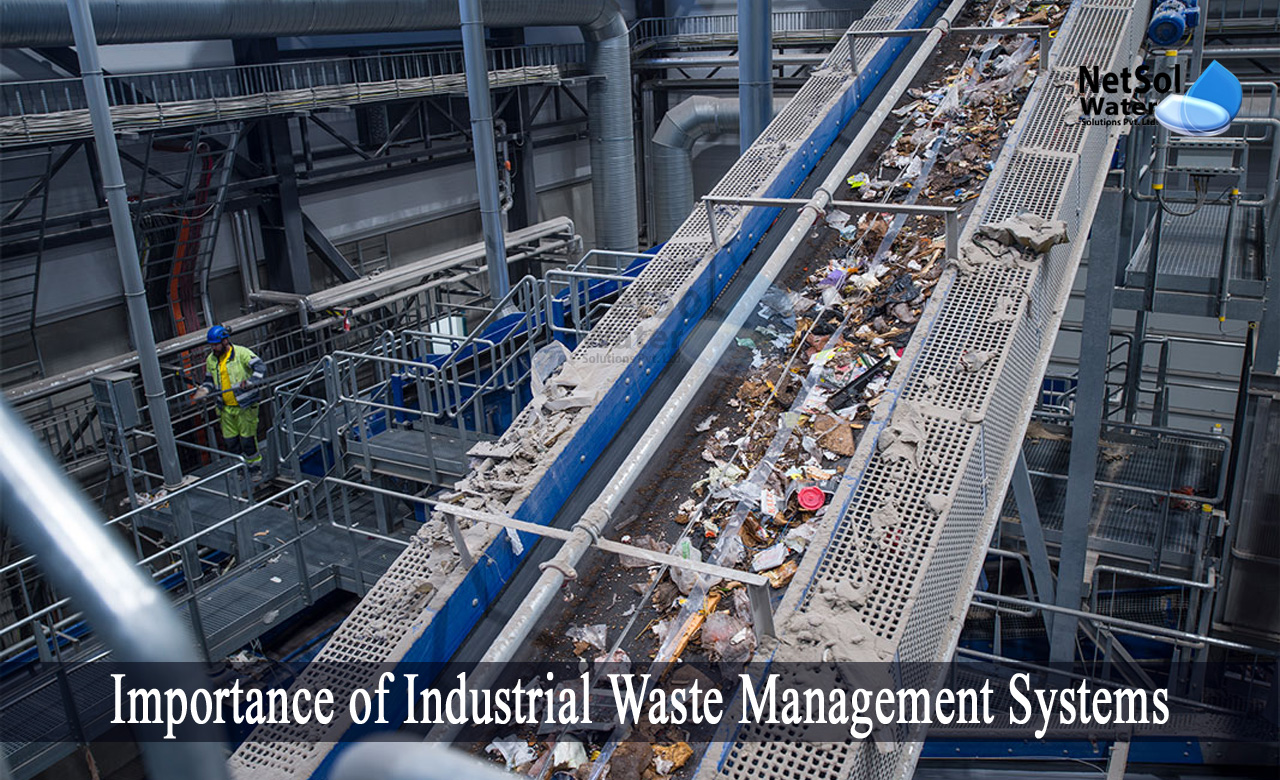The 7-Second Trick For Reclaim Waste
Table of ContentsThe 6-Second Trick For Reclaim Waste7 Simple Techniques For Reclaim WasteUnknown Facts About Reclaim WasteIndicators on Reclaim Waste You Need To KnowSome Known Questions About Reclaim Waste.
Check out the types, incidents, and kinds of liquid waste. Domestic sewer waste refers to the waste and items from a residential septic system. This sort of waste is produced by humans in residences, institutions, and various other buildings. This only includes septic systems that have a drain field. The appropriate administration and disposal of domestic sewage waste need fluid waste to be transferred to a sewage treatment plant where the proper methods and devices are related to detoxify and take care of waste.
Commercial waste commonly includes possible dangers, such as combustible products or a blend of liquid and solid waste products, and requires an advanced and in-depth disposal process. The disposal of industrial waste typically involves the filtering of waste before transport to make certain safe and appropriate disposal. Hazardous waste is created from results and drainage of commercial processes and production.
This type of waste can not utilize the exact same sewer monitoring transport or procedures as septic or commercial liquids. The hazardous waste monitoring procedure calls for the examination and testing of fluid waste before it undertakes the disposal procedure (liquid waste disposal). Runoff waste is the liquid waste that comes from runoff and excess stormwater in highly populated areas or cities
Runoff waste can cause contamination and flooding if not dealt with correctly. Discover more about sewer cleansing and waste administration. Making certain proper waste administration can protect against catastrophes and decrease ecological harm. Both individuals in domestic settings and experts in industrial or production industries can take advantage of recognizing the processes and laws of liquid waste monitoring.
Some Ideas on Reclaim Waste You Need To Know
Contact PROS Solutions today to learn more about our waste management and disposal services and the correct ways to take care of the fluid waste you create.
(https://www.provenexpert.com/reclaim-waste/)Do you understand what happens to your water when you disengage, flush the toilet or drain pipes the washing machine? No? Well, it deserves understanding. This supposed 'wastewater' is not only an important source yet, after treatment, will be launched to our land, rivers or the sea. Utilized water from toilets, showers, bathrooms, kitchen area sinks, laundries and industrial procedures is known as wastewater.

water made use of to cool machinery or tidy plant and equipment). Stormwater, a type of wastewater, is runoff that streams from farming and urban areas such as roofs, parks, gardens, roadways, courses and gutters right into stormwater drains pipes, after rain. Stormwater streams untreated directly to regional creeks or rivers, at some point reaching the ocean.
The 9-Minute Rule for Reclaim Waste
In Queensland, the majority of wastewater is dealt with at sewer treatment plants. Wastewater is transported from domestic or industrial websites via a system of sewage systems and pump terminals, known as sewerage reticulation, to a sewage therapy plant. City governments build, maintain and run most sewer therapy plants. Operators are accredited under the Environmental Defense Act 1994 to release treated wastewater at an appropriate ecological standard into rivers.
The Department of Natural Resources recommends city governments about handling, operating and preserving sewerage systems and treatment plants. In unsewered locations, city governments may call for owners to mount specific or additional info family sewer therapy systems to deal with residential wastewater from bathrooms, cooking areas, shower rooms and washings. The Department of Natural Resources authorises making use of house systems when they are confirmed to be reliable.
In some new communities, treatment of some stormwater to remove trash, sand and gravel has started utilizing gross toxin traps. Wastewater therapy happens in 4 stages: Eliminates strong matter.
Utilizes little living microorganisms knows as micro-organisms to break down and get rid of remaining dissolved wastes and great fragments. Micro-organisms and wastes are incorporated in the sludge.
Our Reclaim Waste Statements
Nutrient removal is not readily available at all sewage treatment plants since it needs costly specialized equipment. It is becoming much more usual in Queensland. Clear fluid effluent produced after treatment may still have disease-causing micro-organisms. If this effluent is released right into rivers such as rivers or the sea, the micro-organisms will ultimately pass away out.

This usually means wastewater has to be treated or contaminants removed before it can be released to waterways. The majority of wastewater flows into the sewage system. Under the Act, regional federal governments carry out approvals and permits for eco pertinent activities (ERAs) including wastewater launches that could have a regional effect. The department provides approvals and licences to ERAs including wastewater launches that might have a regional or statewide effect.
The Definitive Guide for Reclaim Waste
Monitoring gives valid information regarding water top quality and can verify that permit problems are being met. The info gotten through tracking offers the basis for making water top quality choices.